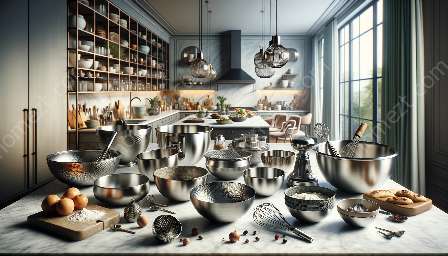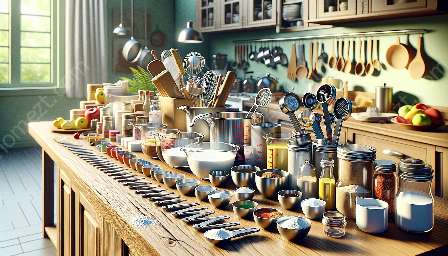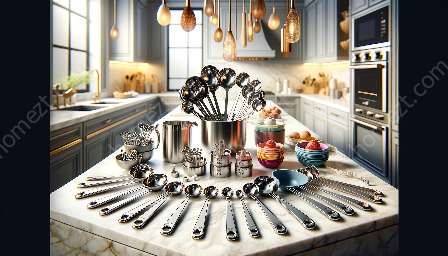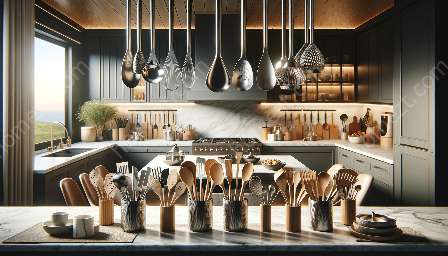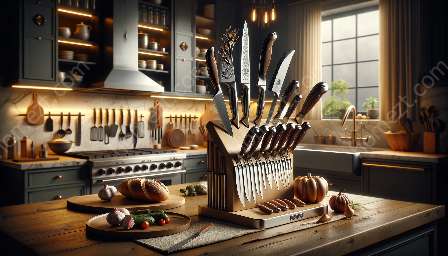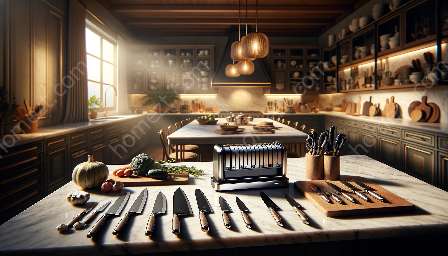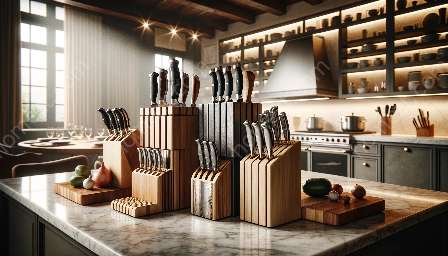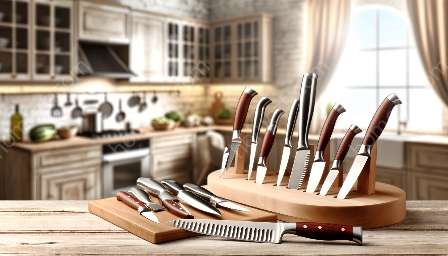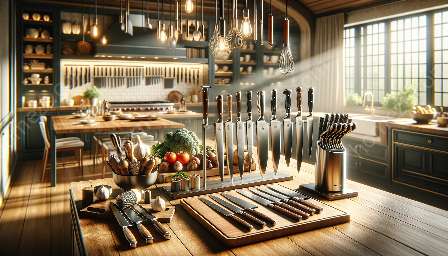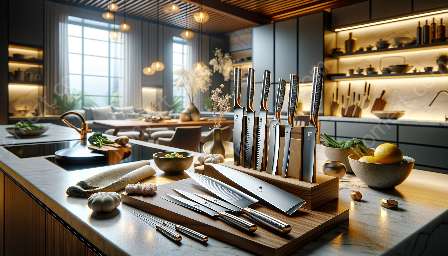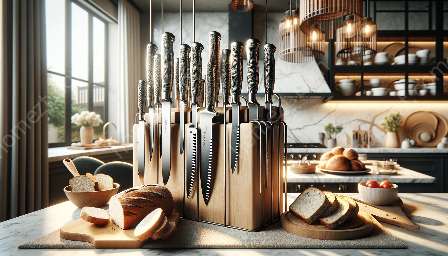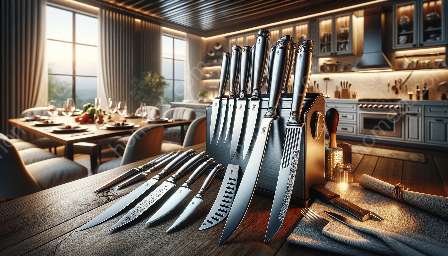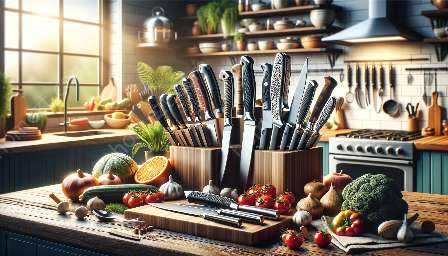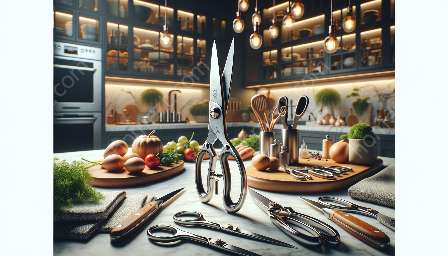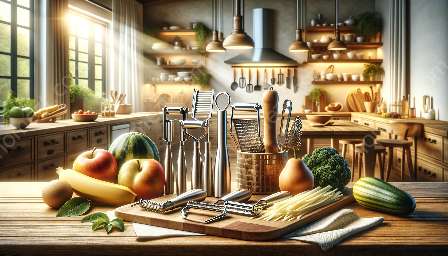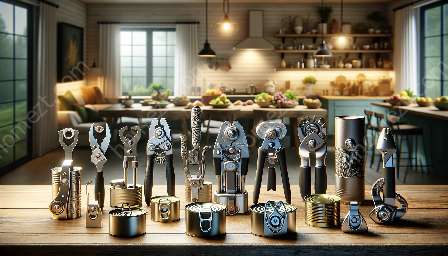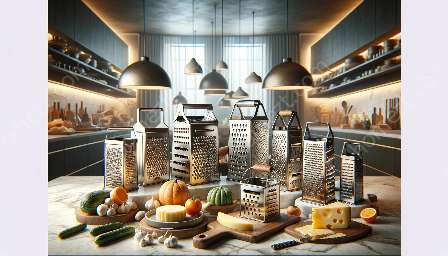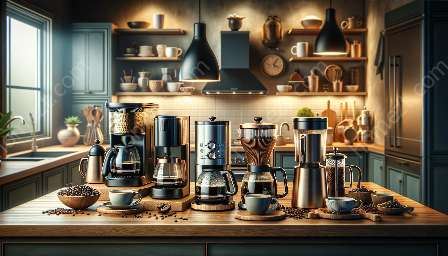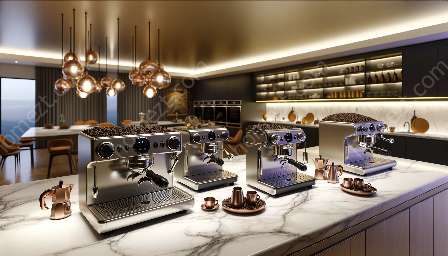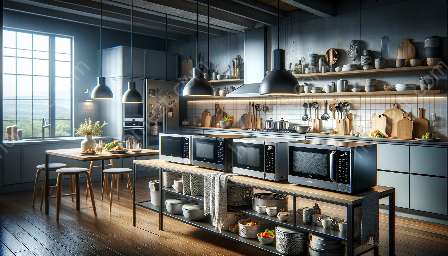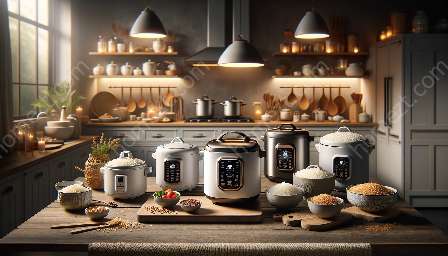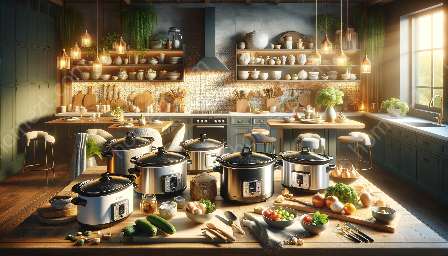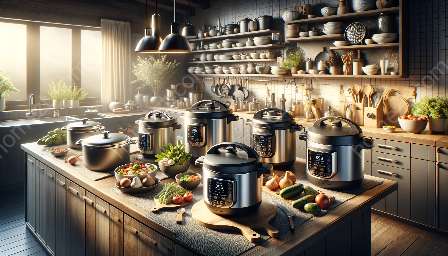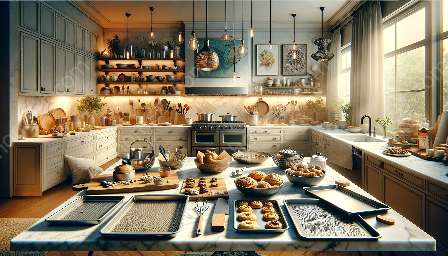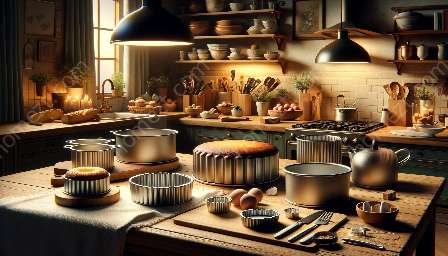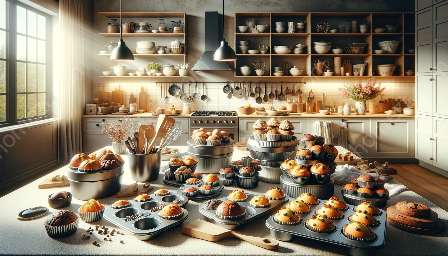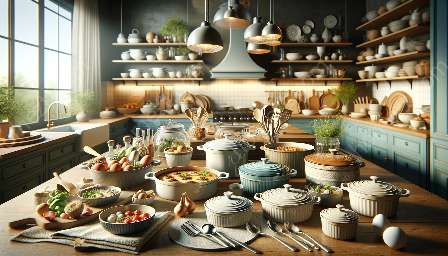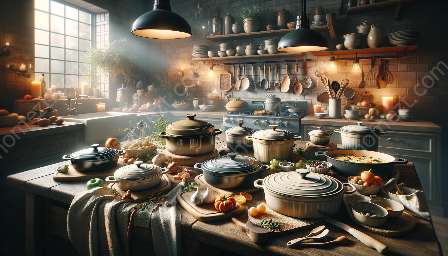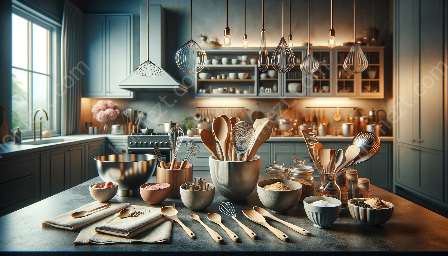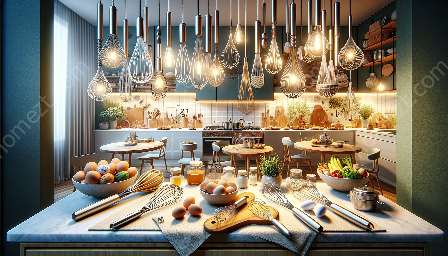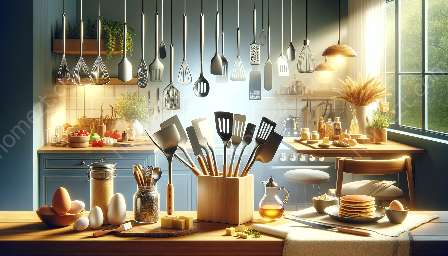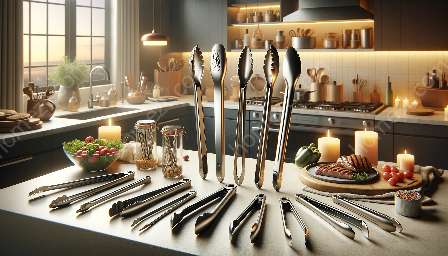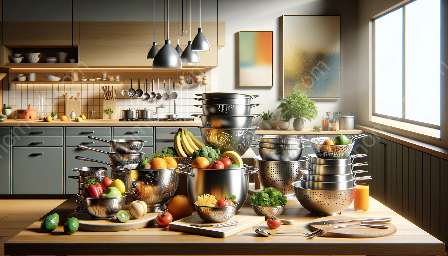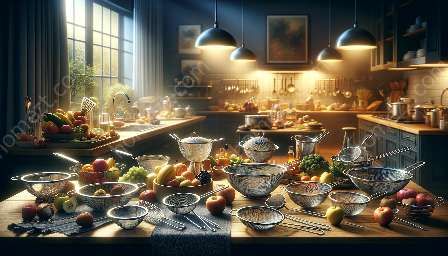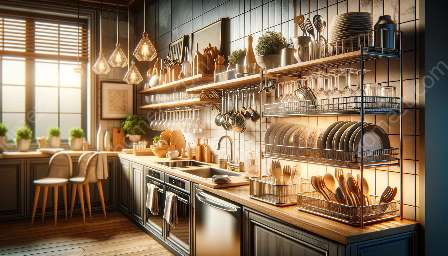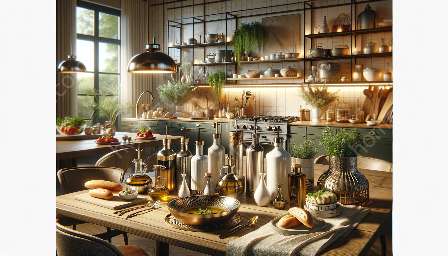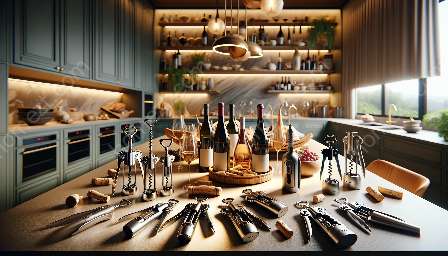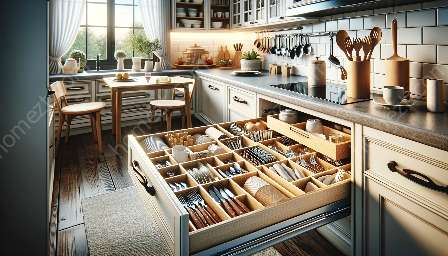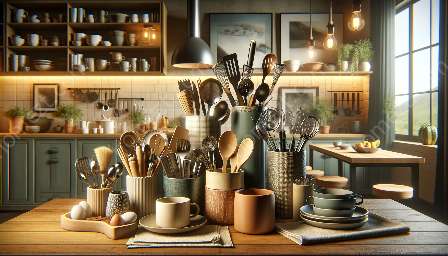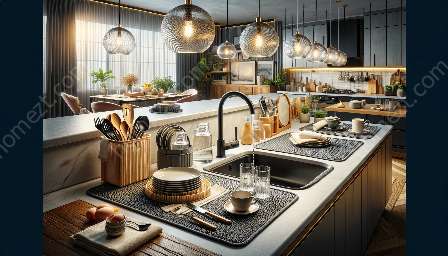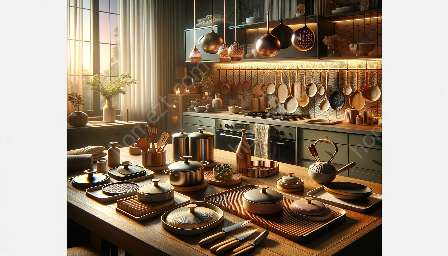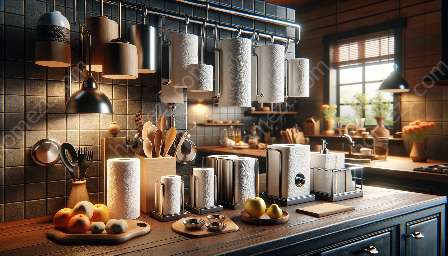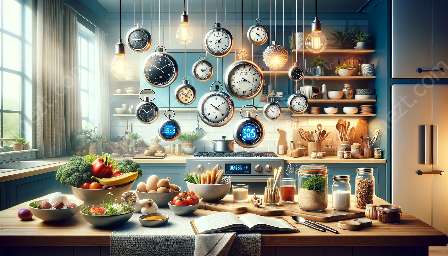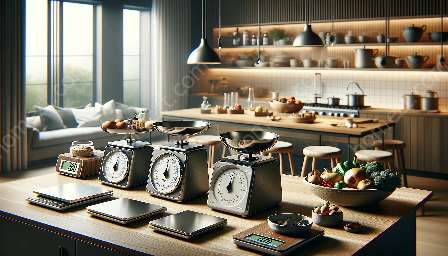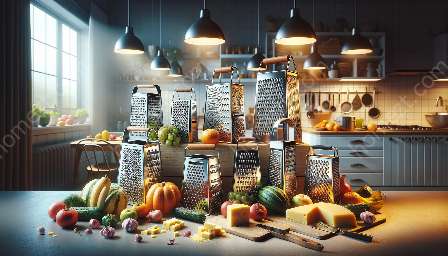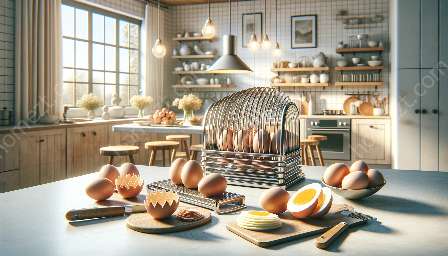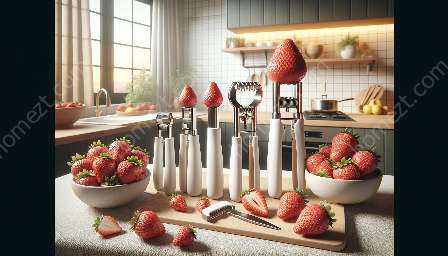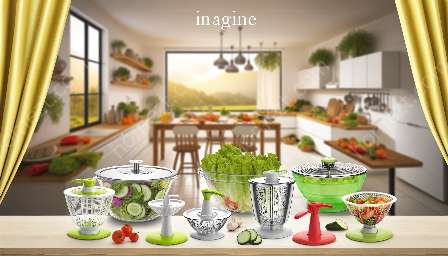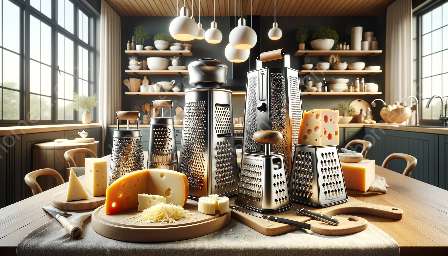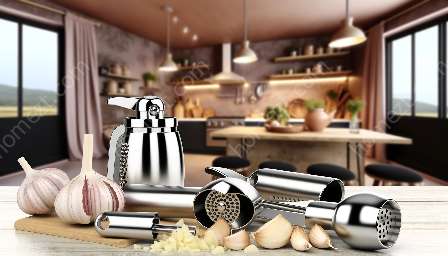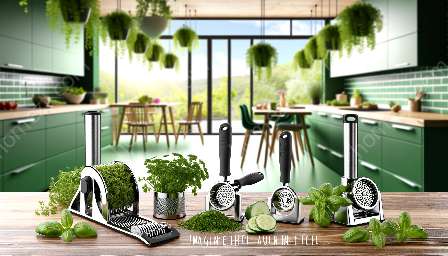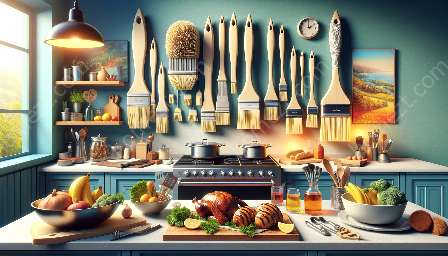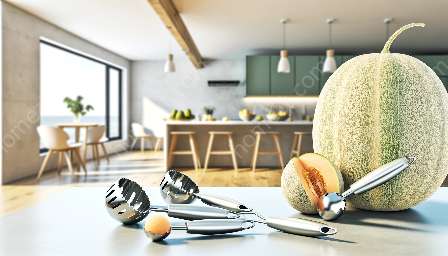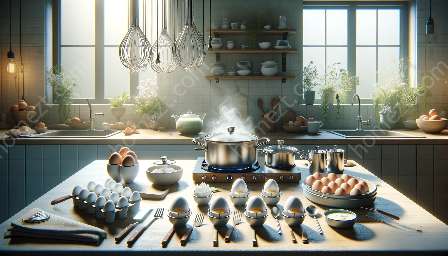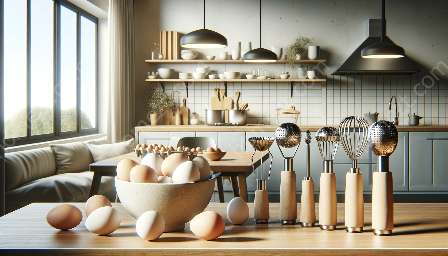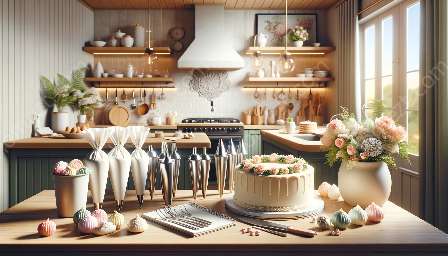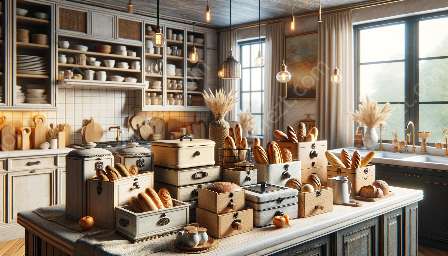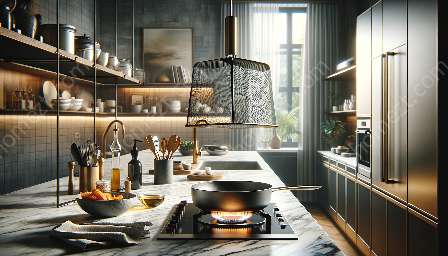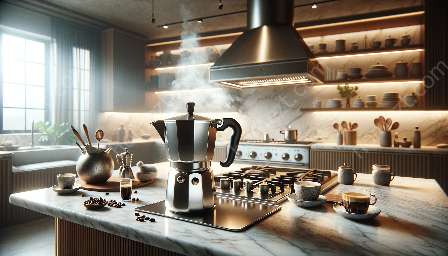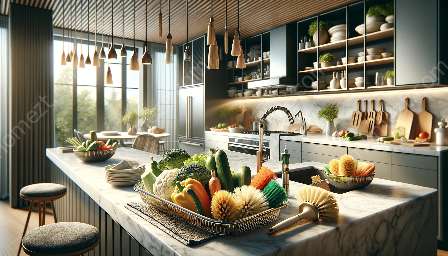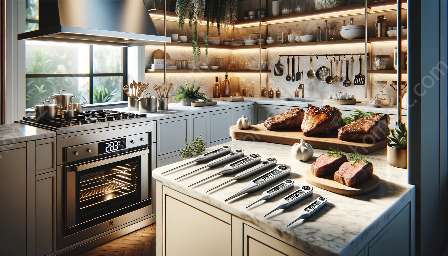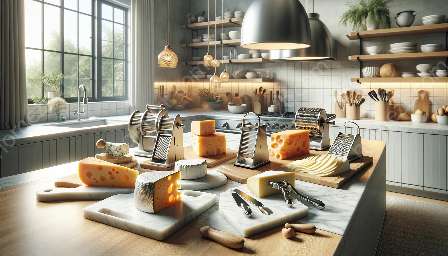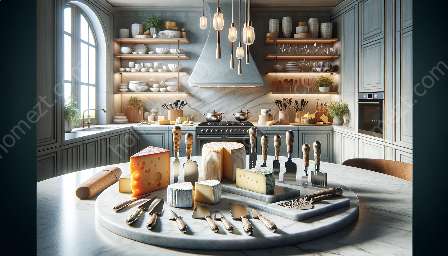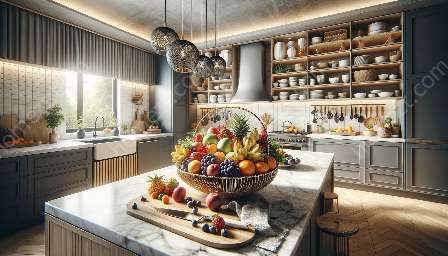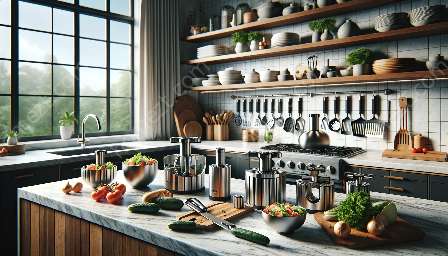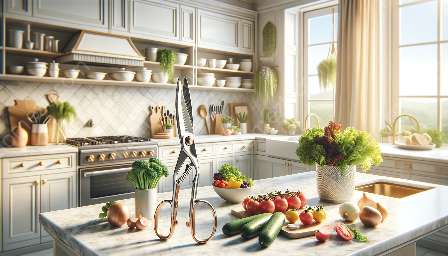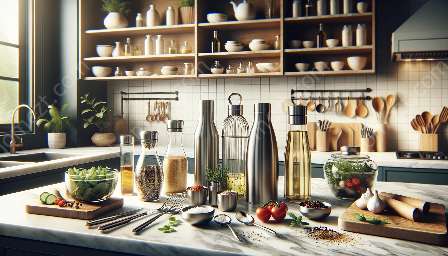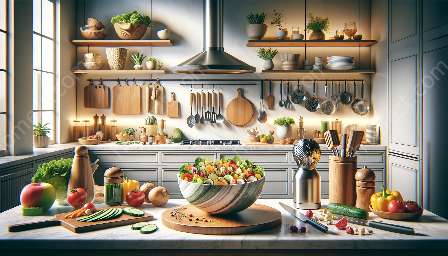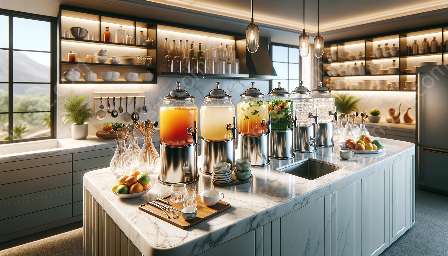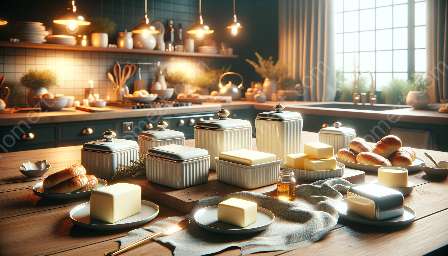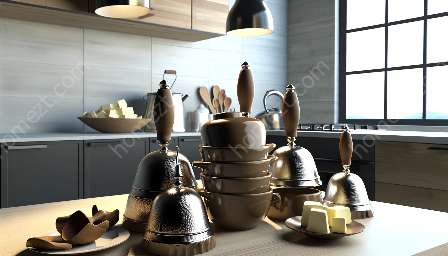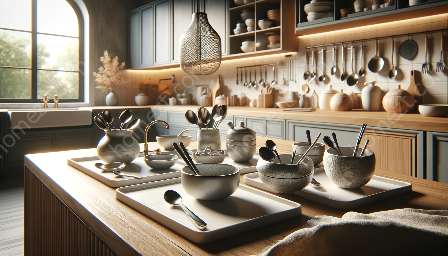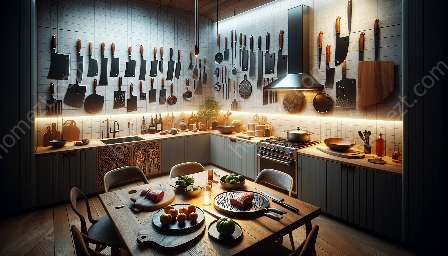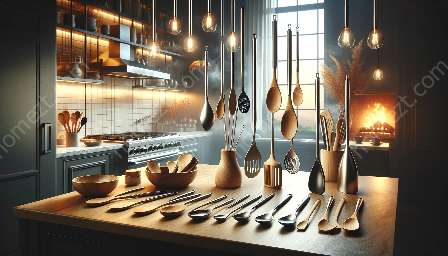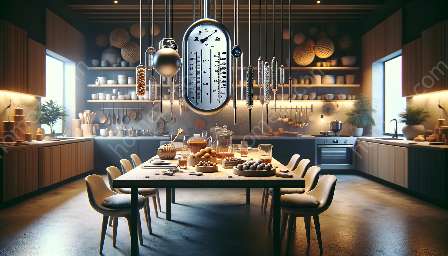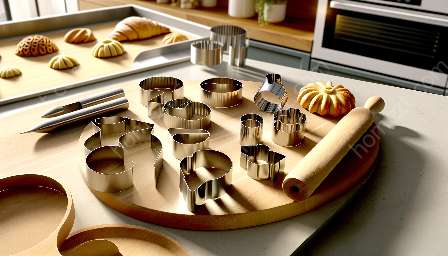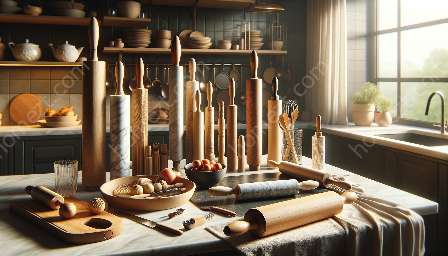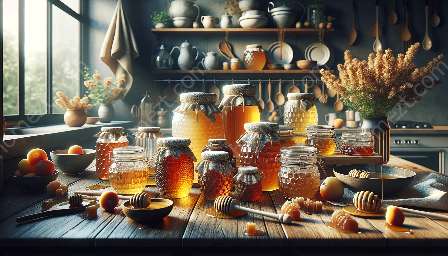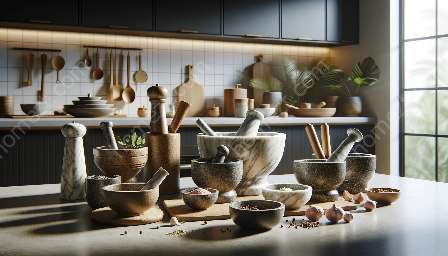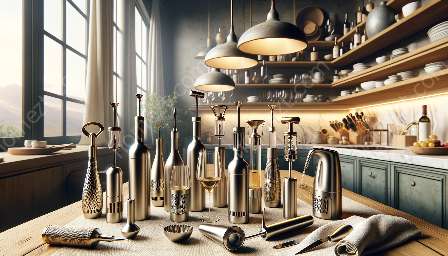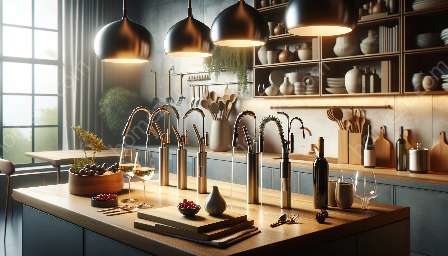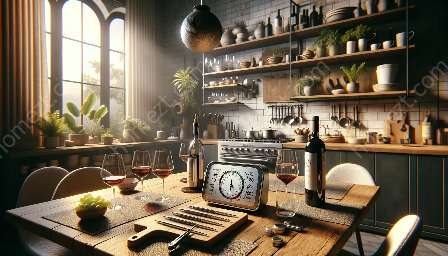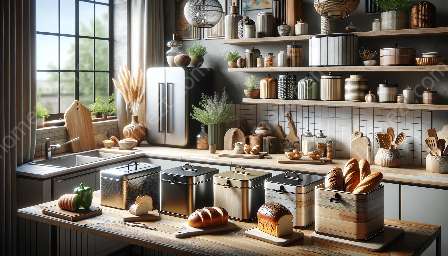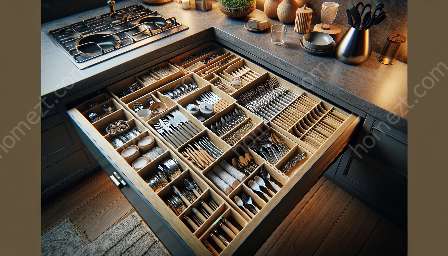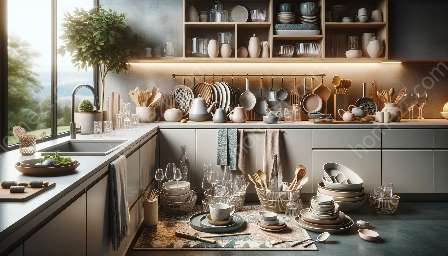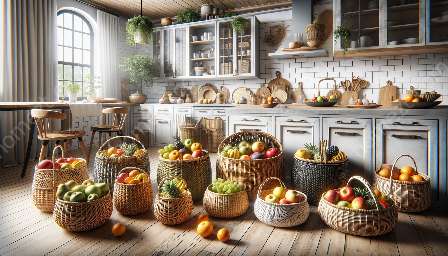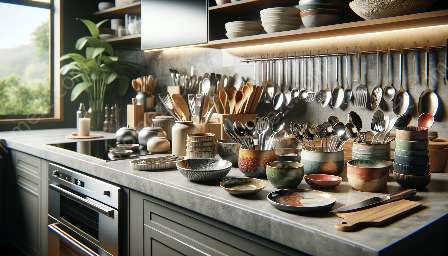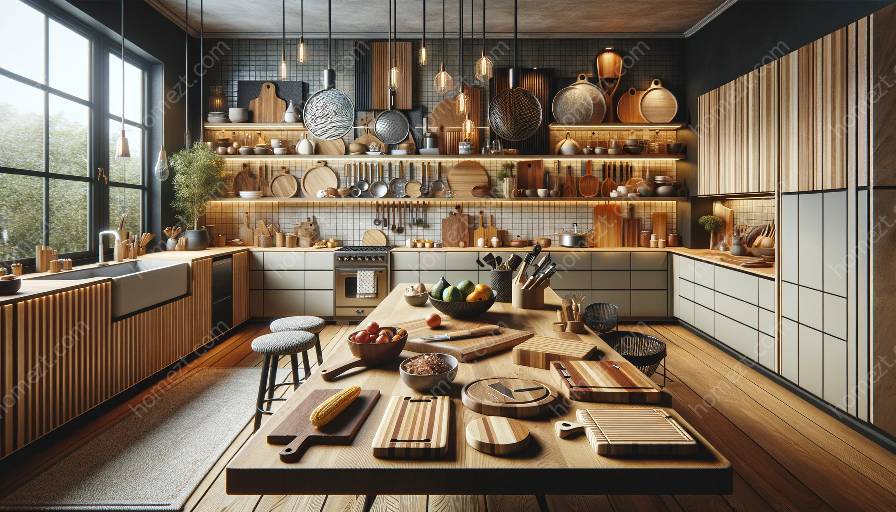When it comes to kitchen tools, cutting boards are often overlooked despite their crucial role in food preparation. A well-chosen cutting board not only enhances your cooking experience but also complements other kitchen tools. In this comprehensive guide, we'll delve into the world of cutting boards and discover how they can elevate your kitchen and dining experience.
The Importance of Cutting Boards
Cutting boards are indispensable in any kitchen. They provide a sturdy and hygienic surface for cutting, chopping, and slicing a wide variety of ingredients. Whether you're prepping vegetables, carving meat, or kneading dough, a cutting board is your reliable partner.
Choosing the right cutting board can also contribute to the longevity of your kitchen tools, such as knives. A good cutting board helps to maintain the sharpness of your blades and prevents unnecessary wear and tear.
Types of Cutting Boards
There are several types of cutting boards, each catering to different needs and preferences:
- Plastic Cutting Boards: Lightweight and easy to clean, these boards are ideal for everyday use. They come in a variety of colors and are often dishwasher-safe.
- Wooden Cutting Boards: Known for their durability and natural aesthetic, wooden boards are perfect for slicing bread, cheese, and charcuterie. They require regular conditioning to maintain their longevity.
- Bamboo Cutting Boards: Sustainable and eco-friendly, bamboo boards are harder than many hardwoods, making them a durable and attractive option.
- Glass Cutting Boards: Hygienic and non-porous, these boards are easy to clean and are often used for serving and displaying food.
- Composite Cutting Boards: Made from a combination of materials such as wood fibers and resin, these boards offer the benefits of both wood and plastic.
Maintenance and Care
Proper maintenance is essential to prolong the life of your cutting boards. Here are some tips for keeping them in top condition:
- Regular Cleaning: Wash your cutting board with hot, soapy water after each use, and dry it thoroughly to prevent warping.
- Sanitization: Disinfecting your cutting board with a solution of vinegar and water or a mild bleach solution can help eliminate bacteria and odors.
- Oil Treatment: Wooden and bamboo cutting boards benefit from periodic oiling to prevent drying and cracking. Food-grade mineral oil is commonly used for this purpose.
- Avoiding Cross-Contamination: Use separate cutting boards for raw meats, vegetables, and other food items to minimize the risk of foodborne illnesses.
Complementing Kitchen Tools
Cutting boards are an integral part of a well-equipped kitchen and complement other essential tools, such as:
- Knives: A good cutting board safeguards your knives by providing a suitable surface for cutting, which can help maintain the sharpness of the blades.
- Kitchen Utensils: From spatulas to graters, a spacious cutting board offers ample room for preparing and assembling ingredients with various utensils.
- Cookware: Whether you're transferring chopped vegetables to a skillet or slicing ingredients for a recipe, a reliable cutting board makes cooking tasks more manageable.
Enhancing the Dining Experience
Cutting boards can also enhance the presentation and serving of food, especially in the context of dining and entertaining:
- Charcuterie Boards: Wooden or slate cutting boards make stylish and practical charcuterie platforms, allowing you to arrange an array of meats and cheeses for an elegant presentation.
- Serving Platters: Large, decorative cutting boards can double as serving platters for bread, crackers, fruits, and more, adding an appealing touch to your table setting.
By paying attention to the material, size, and maintenance of your cutting boards, you can effectively enhance your kitchen experience and take a step towards more sustainable and enjoyable cooking practices.


